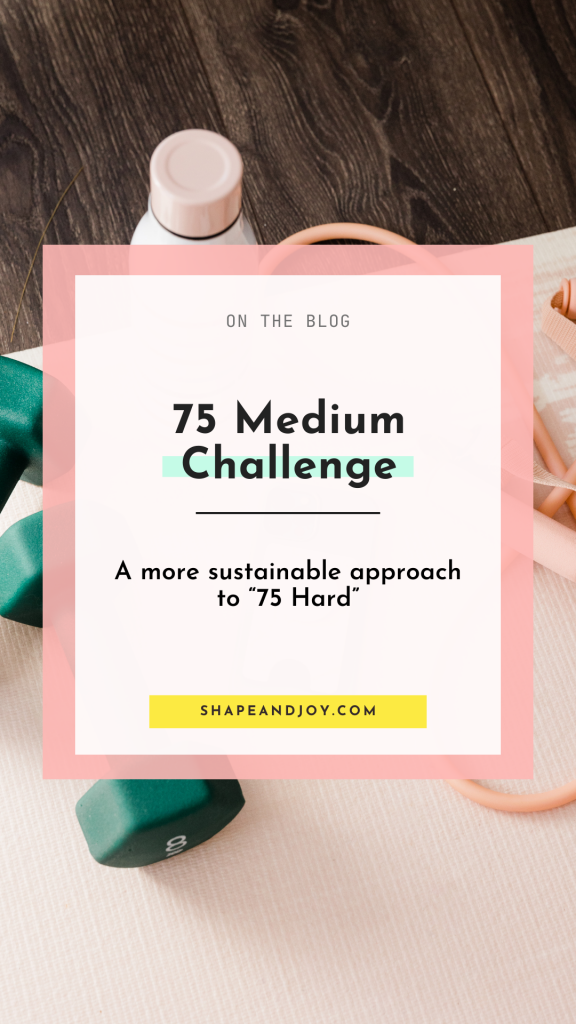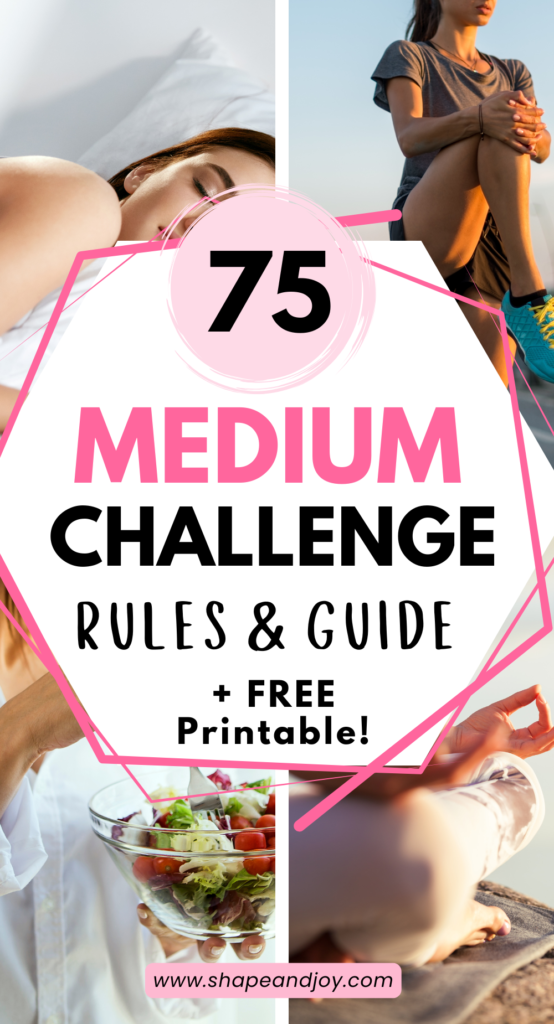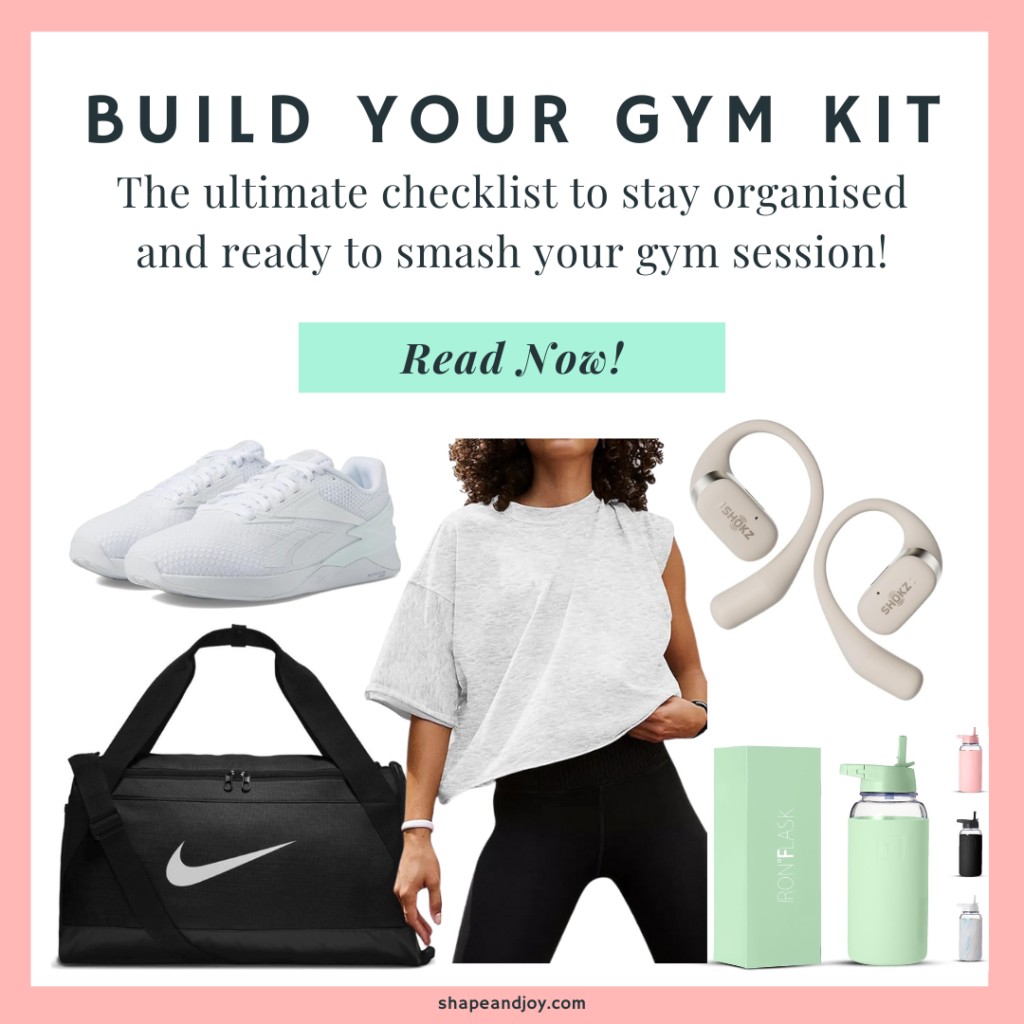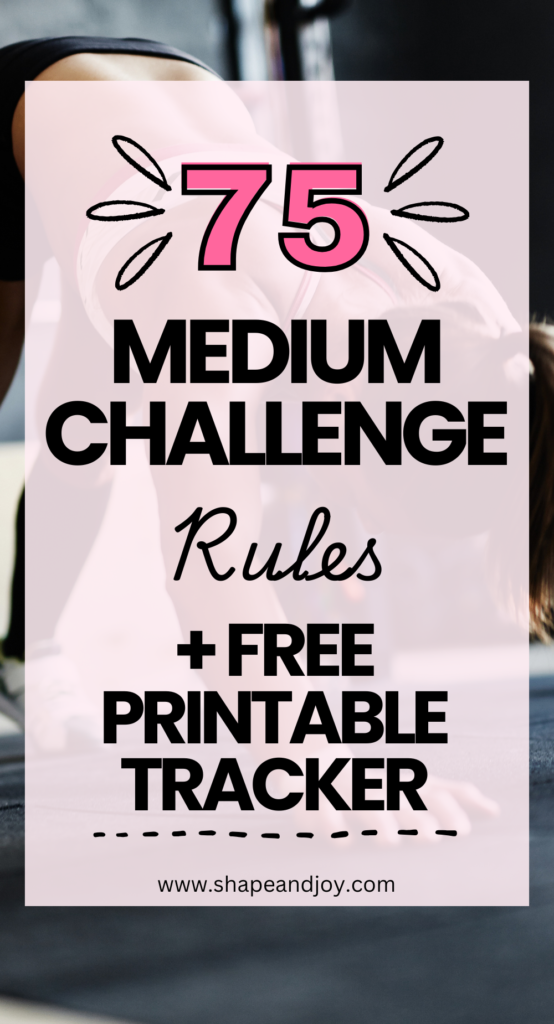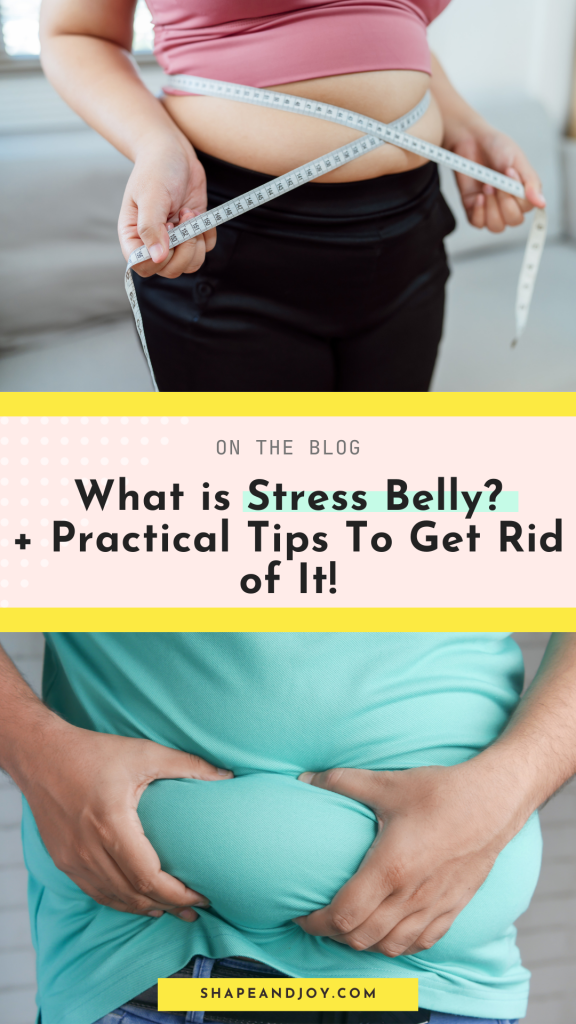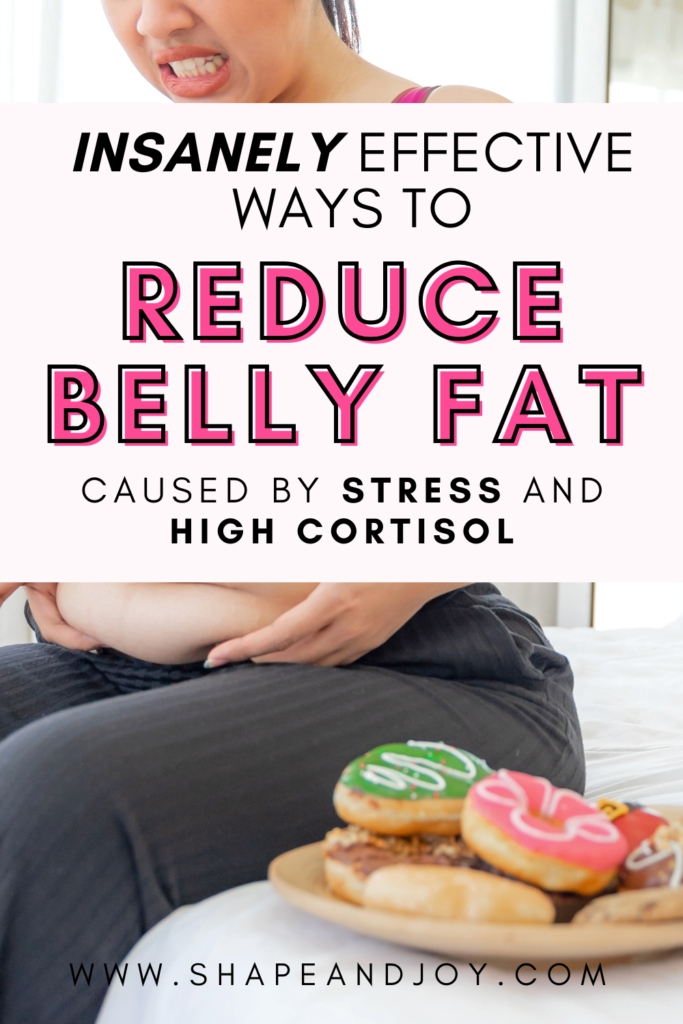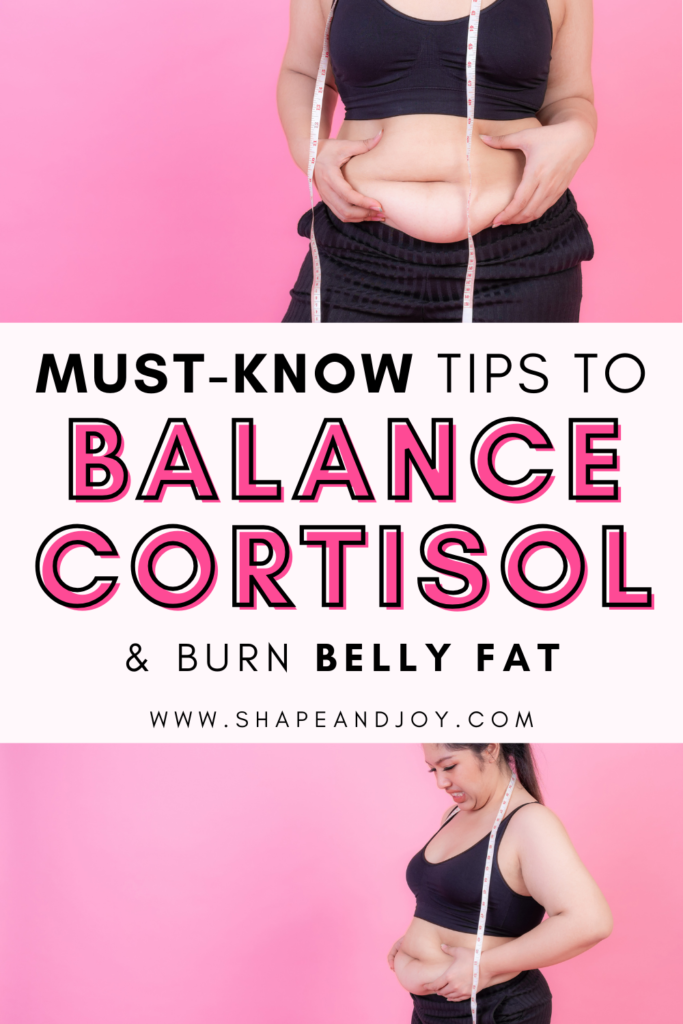How to Boost Metabolism Naturally as You Age

Did you know that after 30, your metabolism starts to slow down a bit? Yep, it’s like your body’s engine just got a little more… “efficient.” And by efficient, I mean it burns fewer calories while still craving pizza at midnight.
If you’re feeling like your metabolism’s getting a tad lazy, trust me, you’re not alone. As we move through our 30s, it’s normal to see these changes – but it doesn’t mean we can’t do something about it!
Whether you’re looking to lose 50 pounds, trim that bit of belly fat, or just want to feel a bit more energised, you can boost metabolism and make a world of difference.
So, here’s what I’ll cover in this post:
- Why metabolism slows as we age (and no, it’s not just because we love snacks)
- Easy steps to boost metabolism naturally
- Foods, workouts, and lifestyle hacks to fire up that calorie-burning engine
Ready to crank things up? Let’s dive in!
Why Metabolism Slows with Age
The Role of Muscle Loss in Slowing Metabolism
As we get older (and by older, I mean out of our 20s), we naturally start losing a bit of muscle. And since muscle burns more calories than fat, having less of it can slow down your metabolism.
But don’t worry, we’ll talk about how to build it back up in a sec!
Hormonal Shifts and Their Impact on Metabolism
Ah, hormones – they’ve got a mind of their own. In our 30s, hormones like estrogen and testosterone start to fluctuate, which can impact metabolism.
It’s a normal part of life, but there are ways to keep things balanced.
Lifestyle and Activity Changes Over the Years
Life gets hectic, right? Between work, family, and social stuff, it’s easy for workouts to slip and for Netflix to become the evening routine.
But staying active is key to keeping that metabolism humming.

Power Up Your Diet for a Faster Metabolism
Prioritise Protein with Every Meal
Protein is like the superhero of metabolism-boosting. It keeps you full, fuels muscle growth, and helps with that calorie burn.
Add some protein to every meal – whether it’s eggs, almond milk in your smoothie, or a bit of lean meat.
The Benefits of Hydration on Metabolic Health
Water is the secret weapon here! Being dehydrated can slow your metabolism down, so keep a water bottle handy and sip throughout the day.
A simple habit, but it makes a huge difference.
Spice It Up: How Spicy Foods Can Temporarily Boost Metabolism
Feeling adventurous? A bit of chilli or ginger in your meals can give your metabolism a quick, temporary boost.
Plus, spicy food just makes everything a bit more exciting, right?
Move More, Sit Less: Exercises to Boost Metabolism
Why Strength Training is Essential for Midlife Metabolism
If you’re not lifting weights yet, here’s your sign! Strength training is a game-changer. It builds muscle, keeps bones strong, and revs up your metabolism.
No, it’s not just for bodybuilding – it’s for anyone who wants a faster metabolism.
📌 Pin this for later! ⬇

Add High-Intensity Interval Training (HIIT) for a Metabolic Kick
For a quick metabolism boost, HIIT workouts are where it’s at. These short bursts of intense exercise get your heart rate up and keep you burning calories even after you’re done.
Perfect for busy days.
We all know that mindset is key in any journey! For a pep talk and a dose of positivity, read ‘How to Stay Positive and Motivated on Your Fitness Journey.‘ It’s a perfect read when you need that extra nudge to keep going.
The Power of Daily Movement: Steps, Stretching, and Standing Breaks
Even small movements throughout the day count. Take the stairs, stretch often, and stand up every hour.
It’s these little things that keep your body active and your metabolism ticking.

Prioritise Rest and Recovery
The Connection Between Sleep and Metabolism
If you’re skimping on sleep, your metabolism will show it. Quality sleep is vital, so aim for that solid 7-8 hours.
Not only will you feel better, but you’ll notice the difference in your energy and mood, too!
Manage Stress to Keep Cortisol in Check
Chronic stress messes with your metabolism (thanks, cortisol). Find ways to chill out – whether it’s yoga, a hot bath, or even a cheeky nap. Your metabolism will thank you for it.
pssst. you can download my free Cortisol Crash eBook here.
Mindful Relaxation Techniques for a Healthy Body
Taking a few minutes to slow down and breathe deeply can work wonders for stress, and by extension, for your metabolism.
Try a quick meditation or just sit with a cuppa – whatever helps you unwind.
Daily Habits That Keep Your Metabolism Active
Avoiding Long Periods of Sitting
Sitting is basically the enemy of a healthy metabolism.
Stand up, move around, do a little dance if you want – just don’t let yourself sit still for too long.
Eating a Balanced Diet Rich in Fibre
Fibre is fab for keeping you full and your digestive system happy.
Think whole grains, fruits, and veggies – they’ll keep you energised and your metabolism happy.
Limiting Sugar and Processed Foods
Too much sugar can mess with your energy and metabolism.
Cutting back helps your body run more smoothly and efficiently, so you’re burning those calories, not storing them.
Want to Unlock Your Best Metabolism? Check Out These Must-Read Posts!
Take control of your metabolism, optimise your nutrition, and finally see real results. Whether you’re looking to burn fat, boost energy, or fix a sluggish metabolism, these posts have you covered!
- Reverse Dieting 101: Get the Best Results (With FREE Printable Guide!)
- Is Diet or Exercise More Important for Weight Loss?
- Homeopathic Remedies to Lose Weight: Are You Being Scammed?
- How to Boost Metabolism Naturally as You Age
- Happy Gut, Happy Life: Easy Tips for Gut Healing
- Top 7 Superfoods to Boost Metabolism and Burn Fat Fast
Conclusion: Embracing Small Changes for Long-Term Metabolic Health
And there we have it – a bunch of simple, doable ways to keep that metabolism ticking along nicely. Remember, it’s all about those small changes that add up over time.
Whether you’re aiming to drop 10 pounds, trim down a bit, or just feel more energised, these tips are here to help you along the way.
So, take it one step at a time, stay consistent, and remember – you’ve got this! If you’re trying out any of these tips, let me know in the comments which one you’re starting with first.
Let’s cheer each other on!
📌 Pin this for later! ⬇

Keep Learning! Studies related to this post
Muscle loss slows metabolism: Our muscles naturally shrink with age, which reduces calorie burn. But good news! Staying active, especially with some weightlifting, can help keep muscles strong and metabolism going (Distéfano & Goodpaster, 2018).
Hormones affect metabolism: As oestrogen and testosterone dip, belly fat can increase and calorie burning drops. However, a balanced lifestyle helps keep metabolism in check (Ko & Jung, 2021).
Staying active matters: Sitting all day slows things down, but regular movement like walking or a bit of HIIT can keep metabolism humming (Strasser, 2012).
Protein boosts muscles: Adding a bit of protein to each meal helps maintain muscle strength, which supports metabolism as we age (Fujita & Volpi, 2006).
Hydrate for a boost: Dehydration can slow down metabolism, so keep that water handy—it’s an easy way to stay energised (Wilson & Morley, 2003).
























